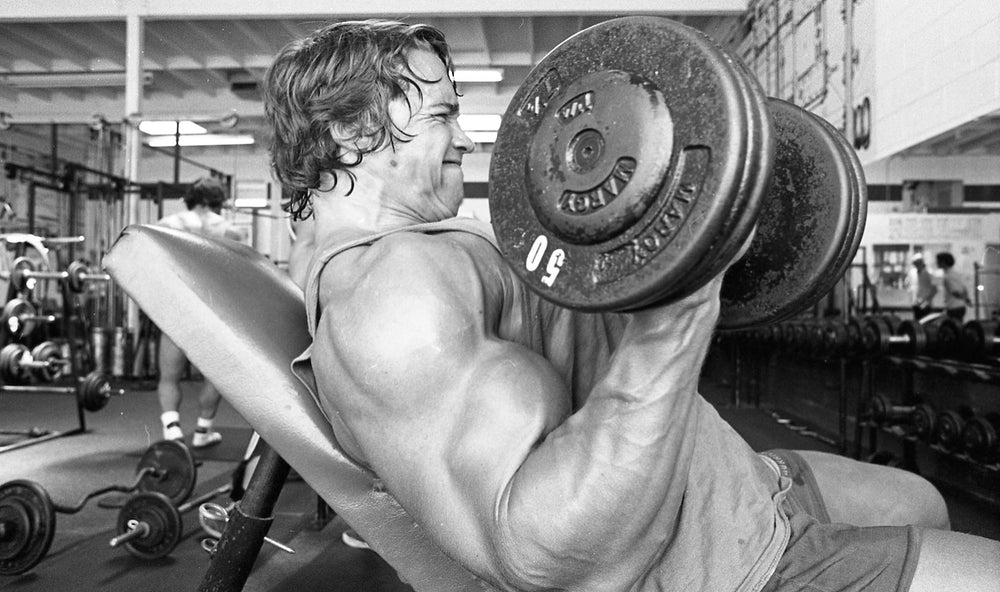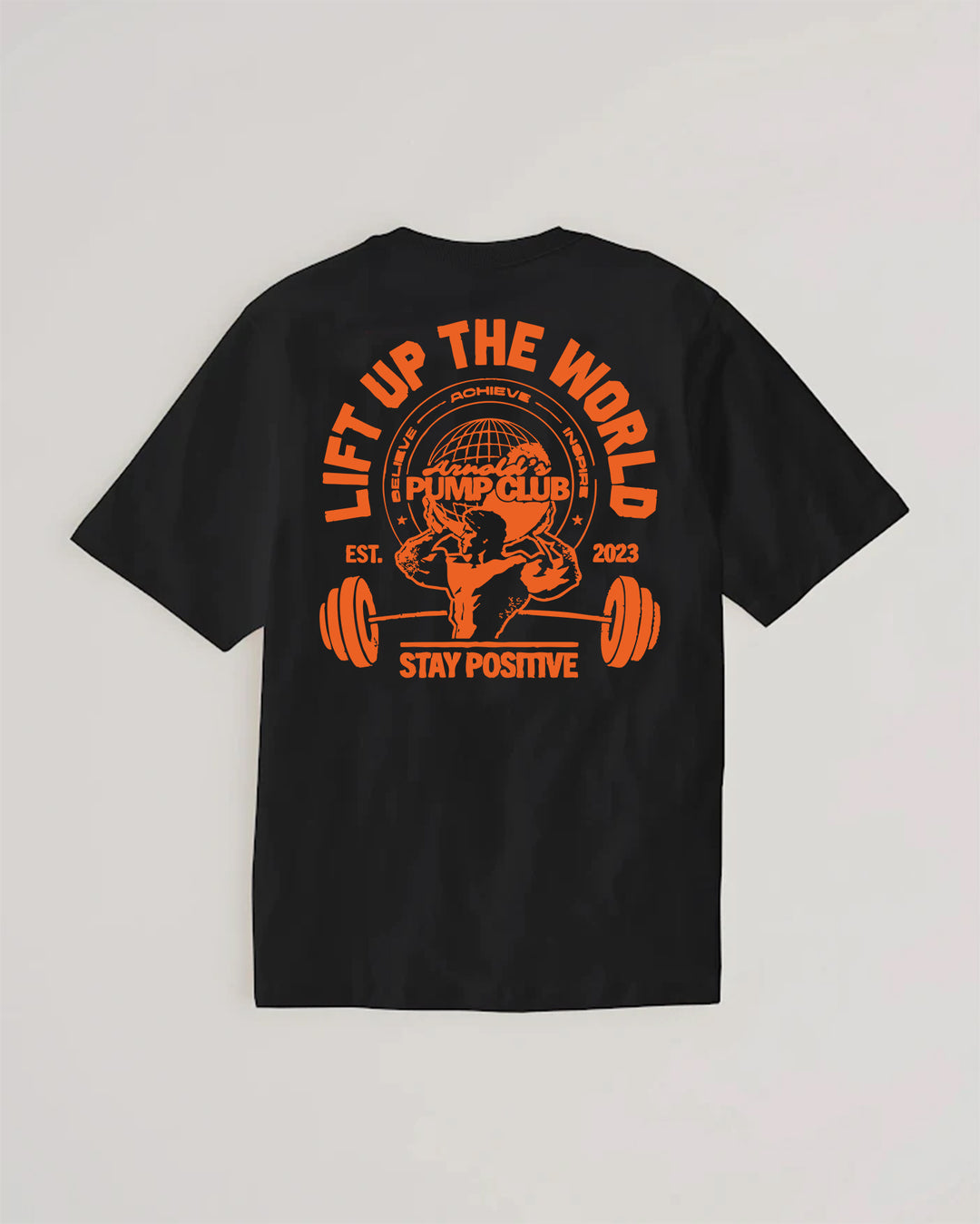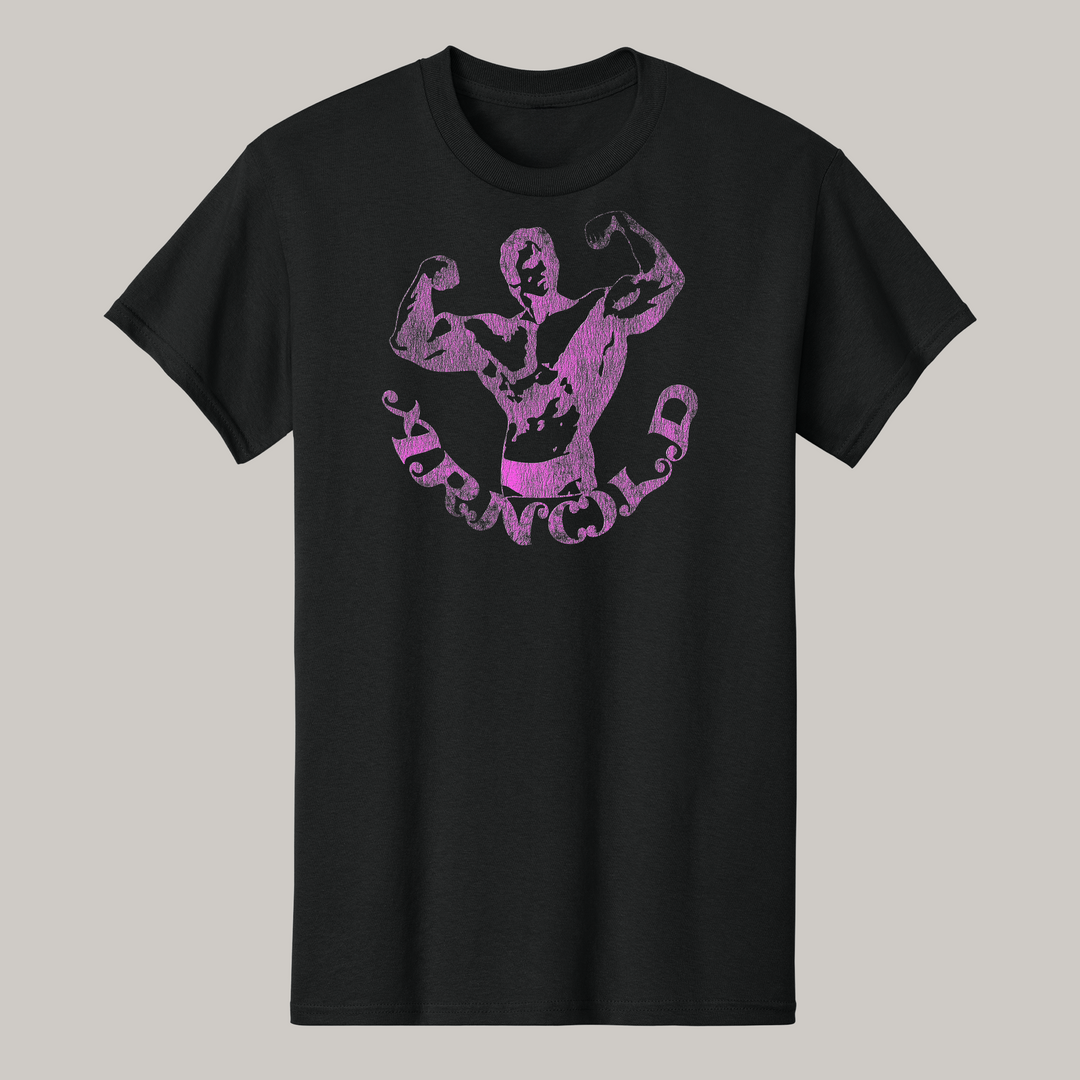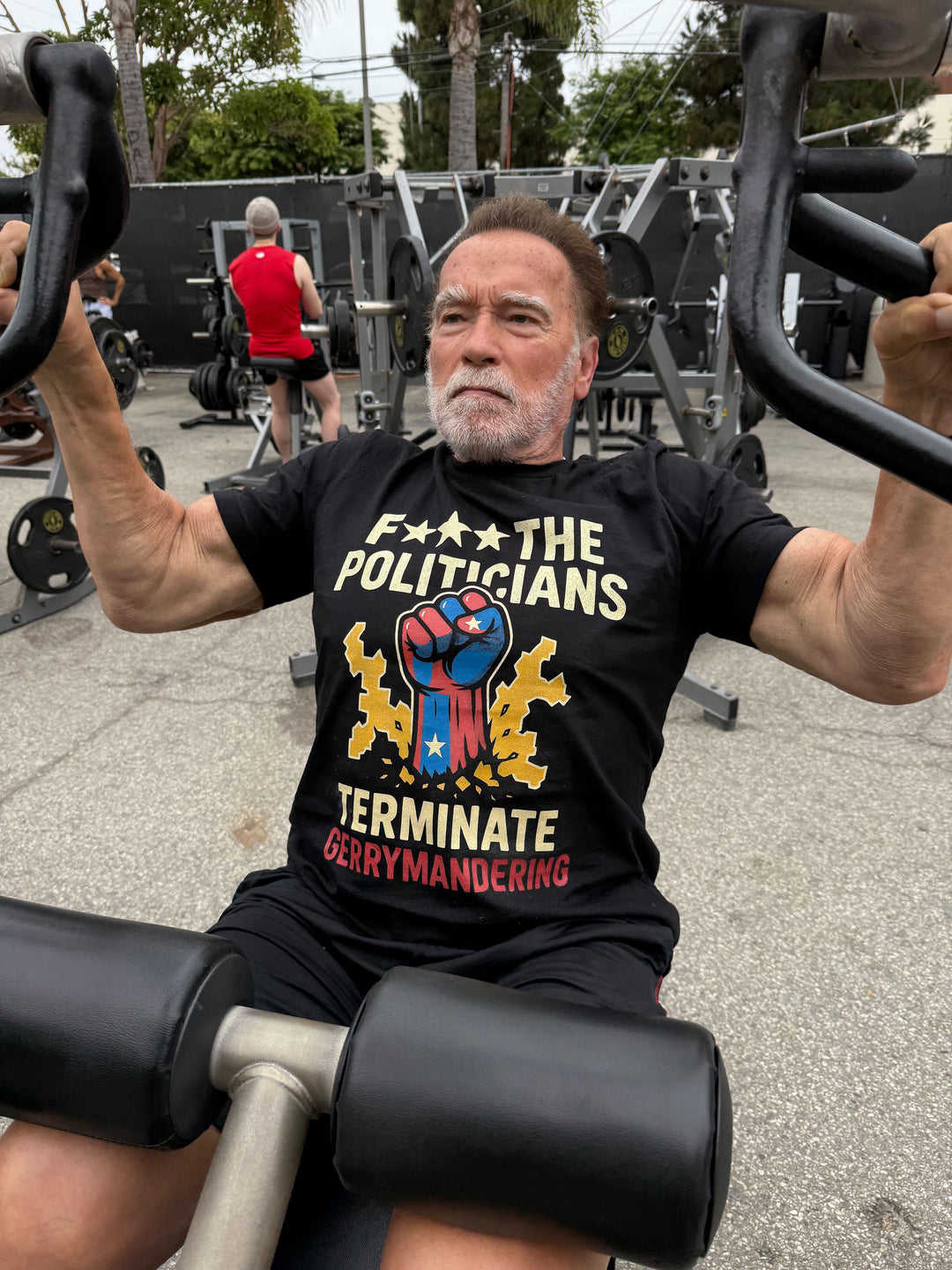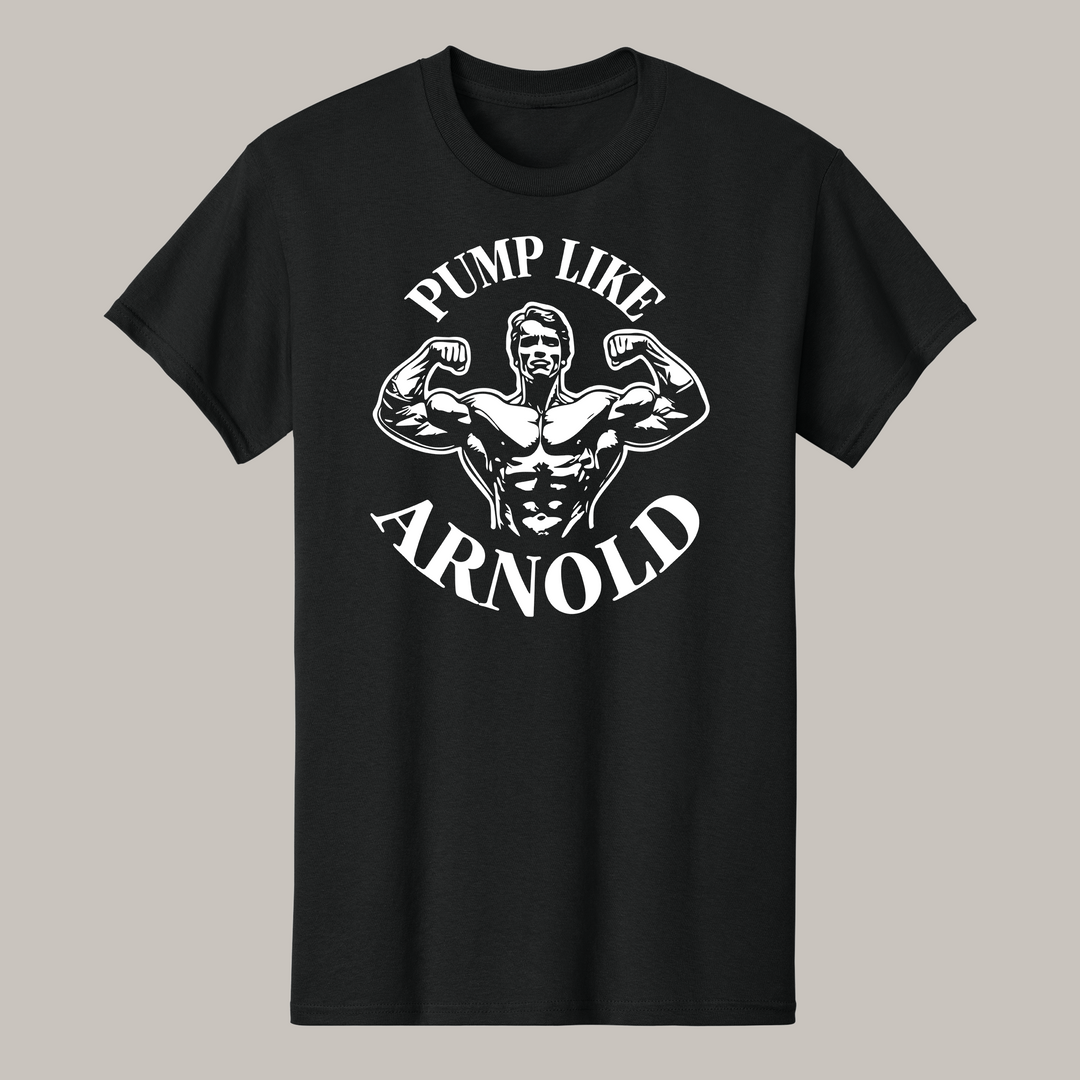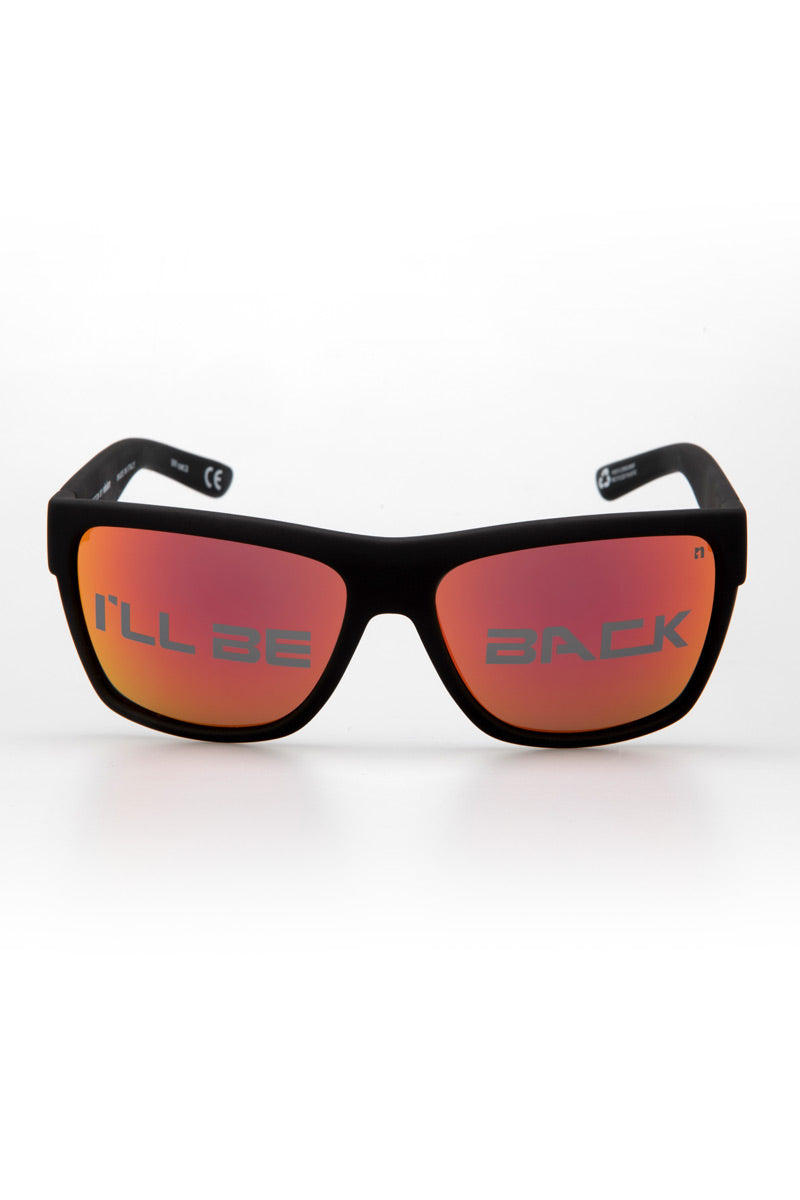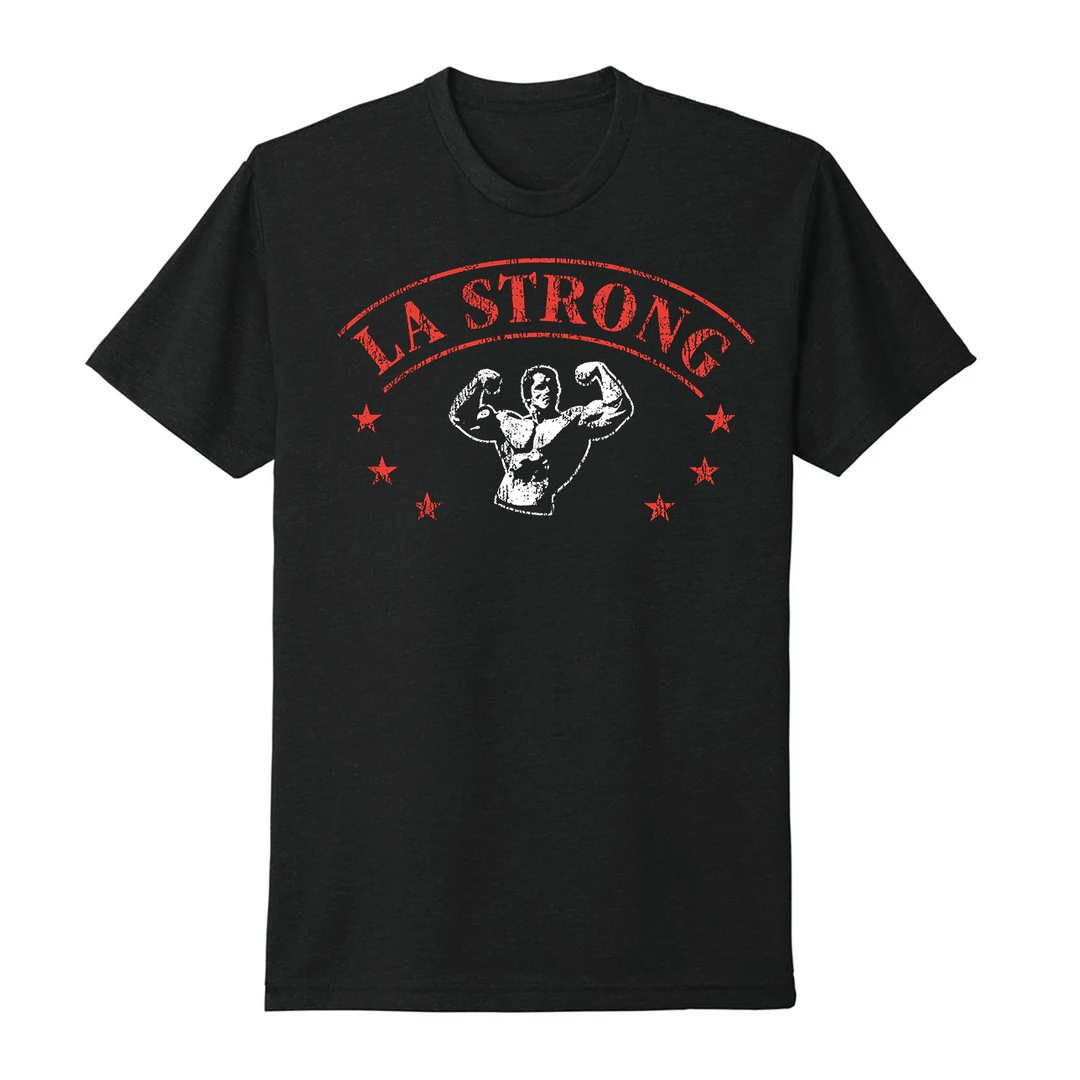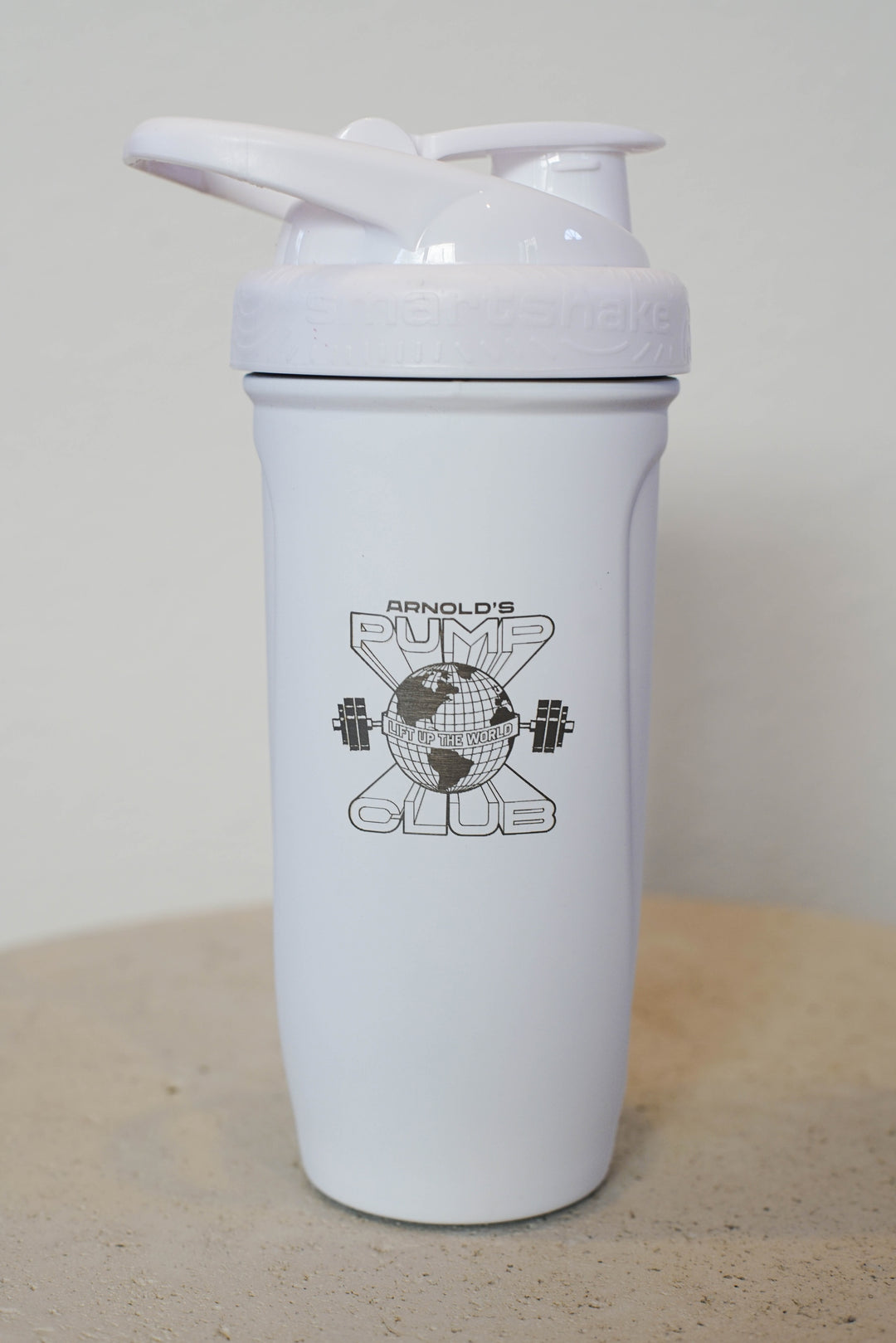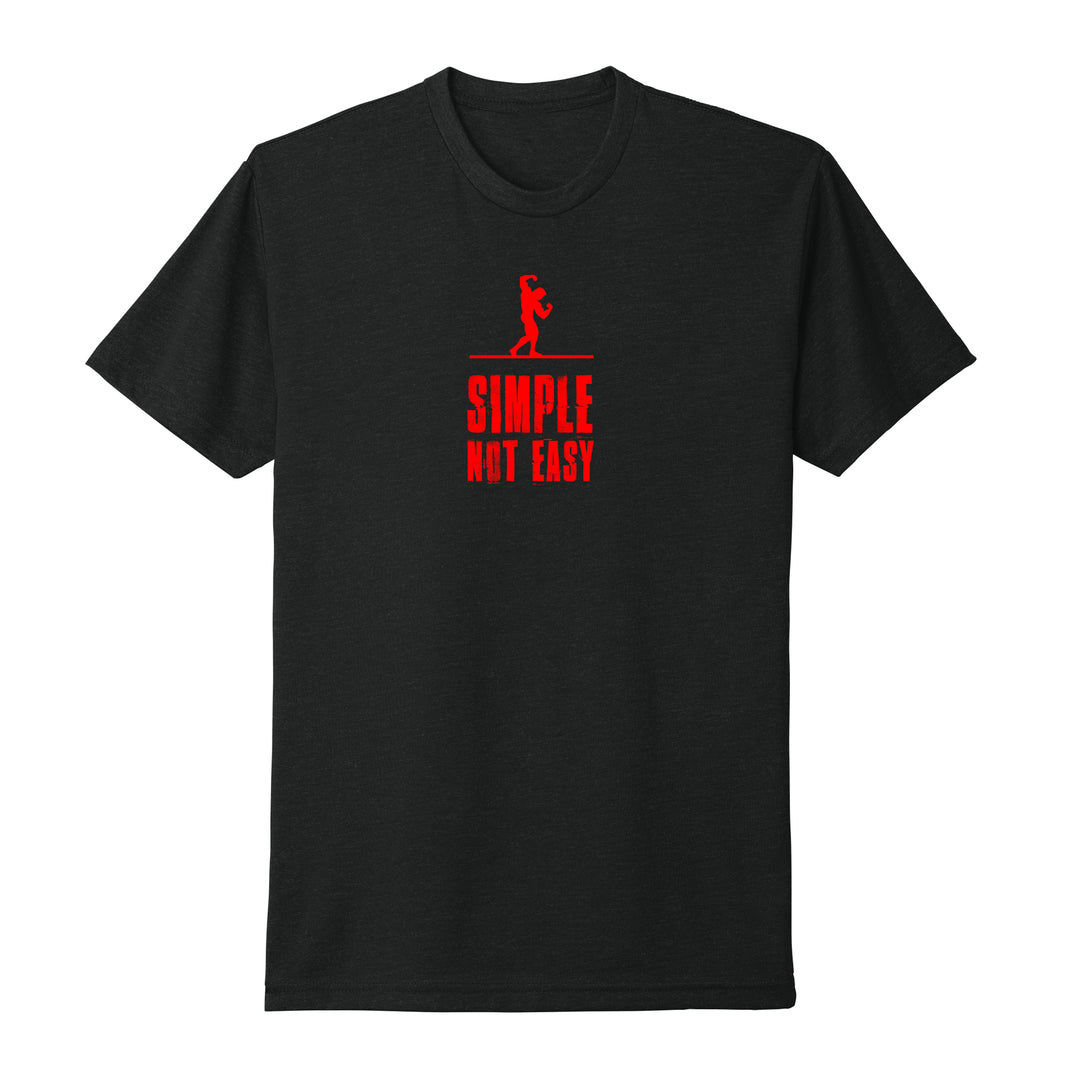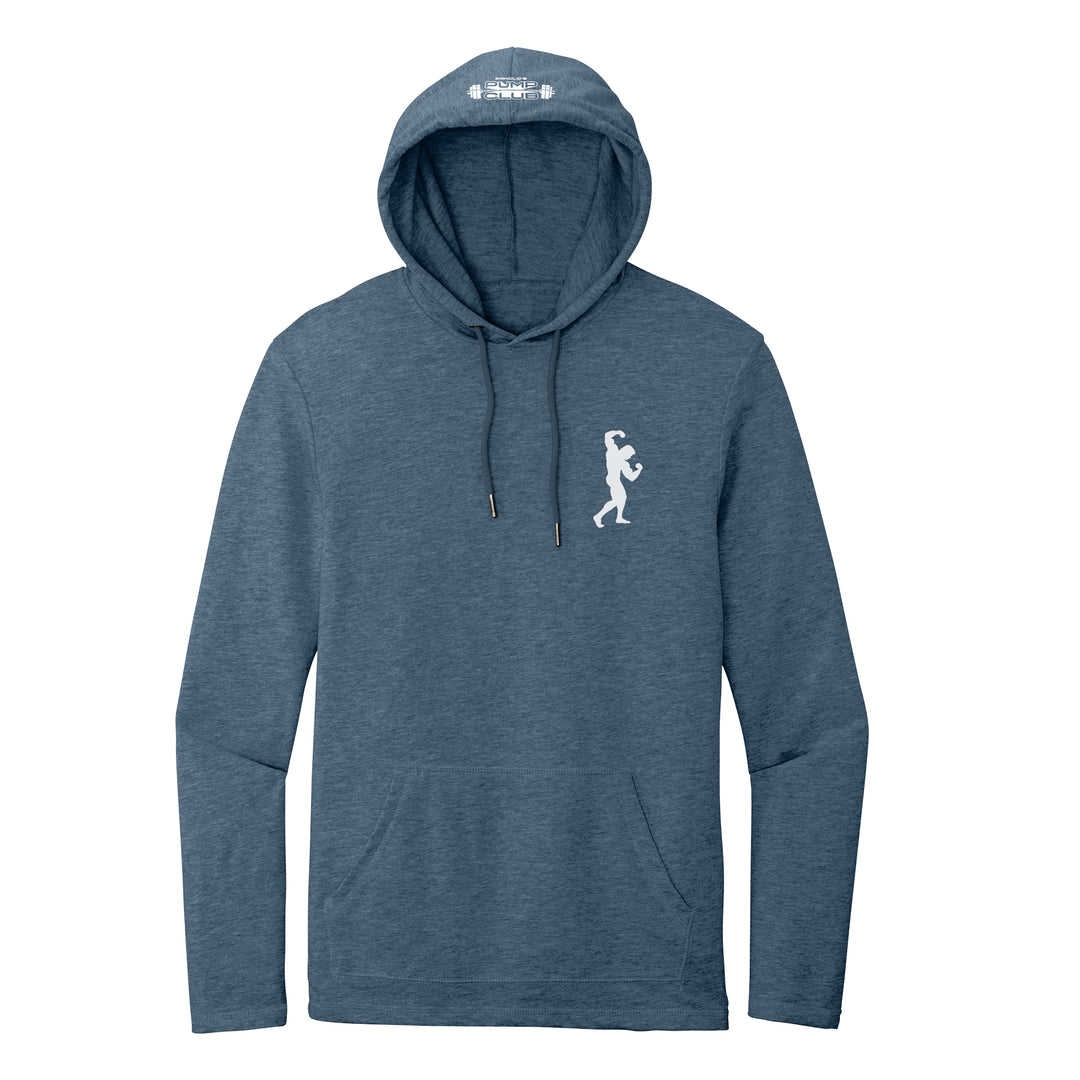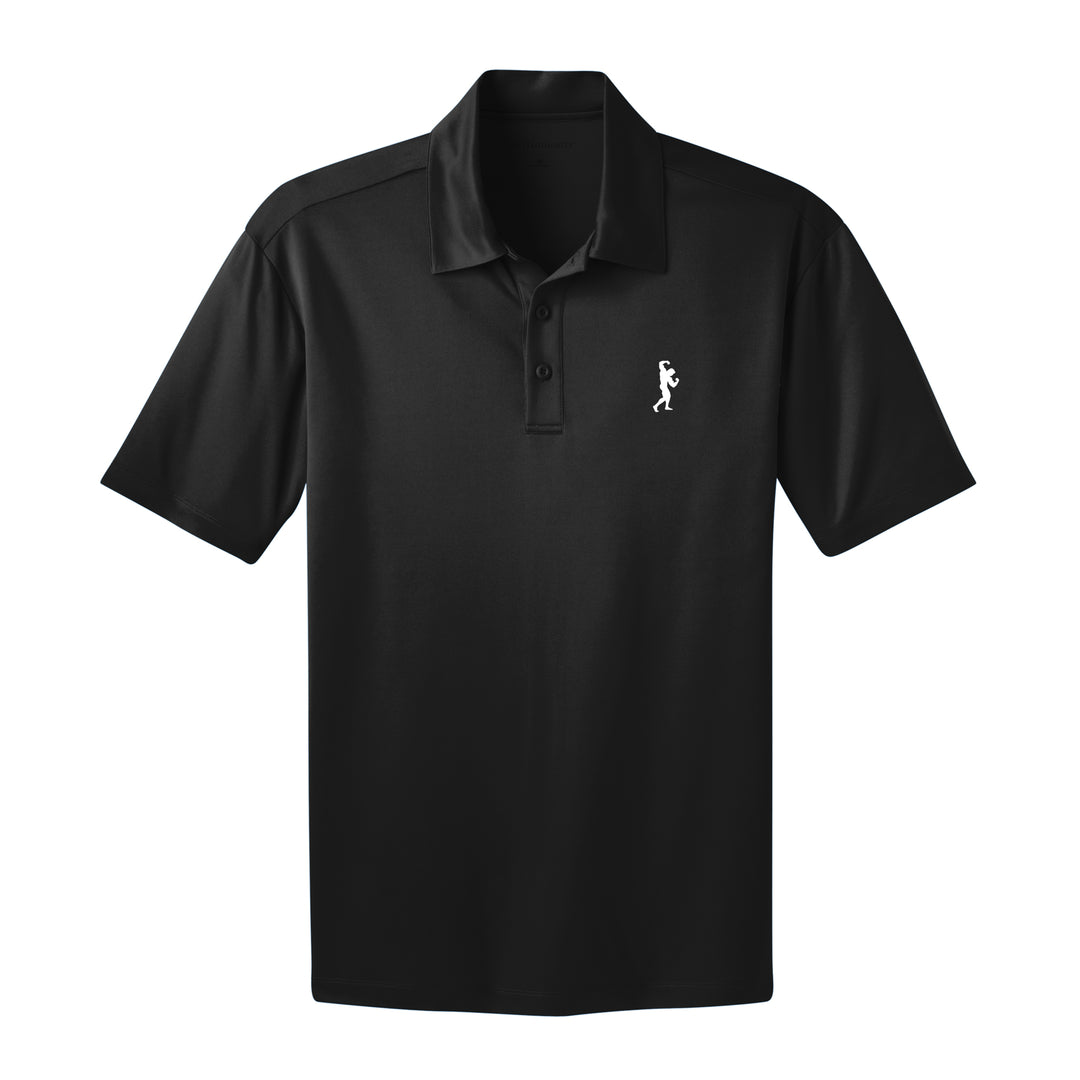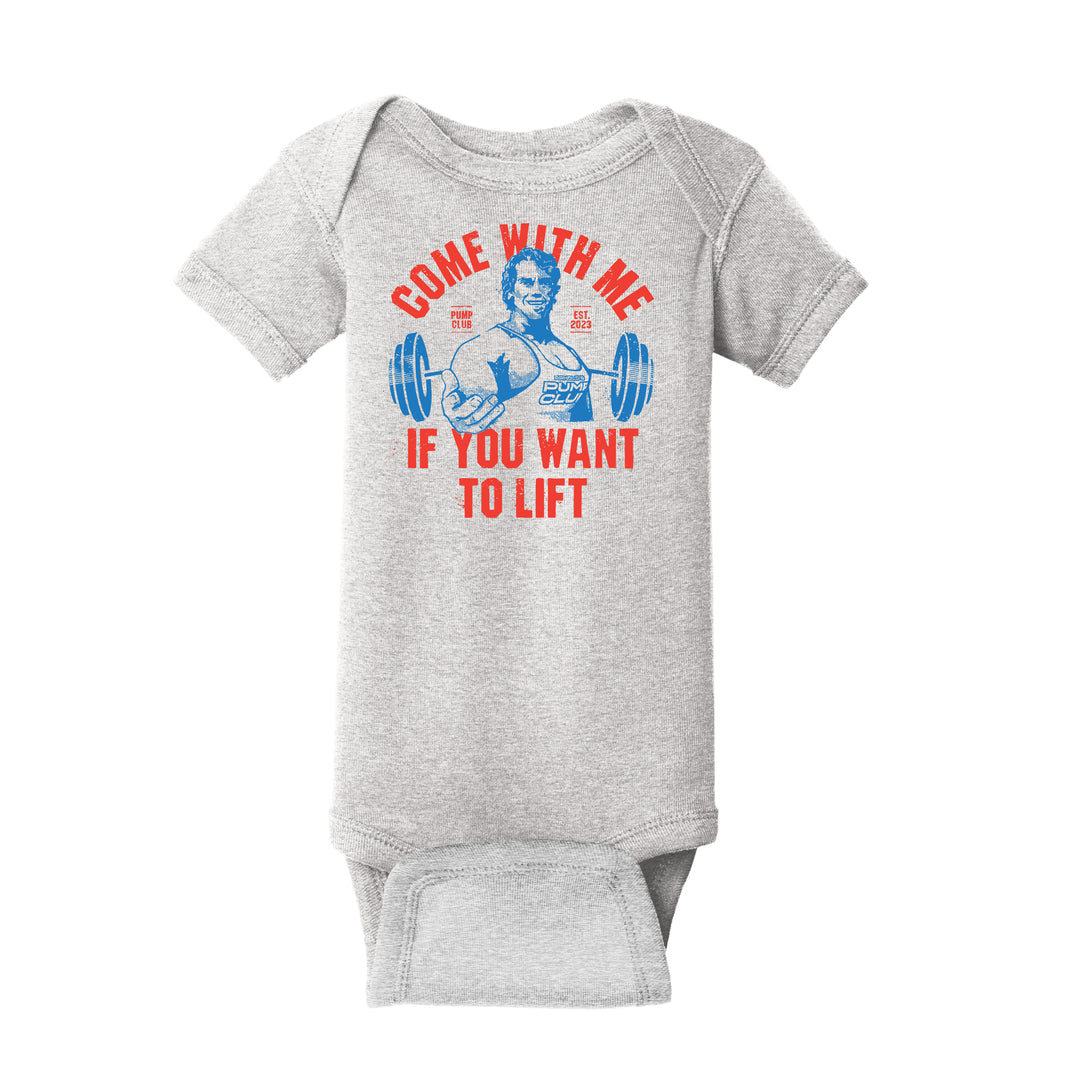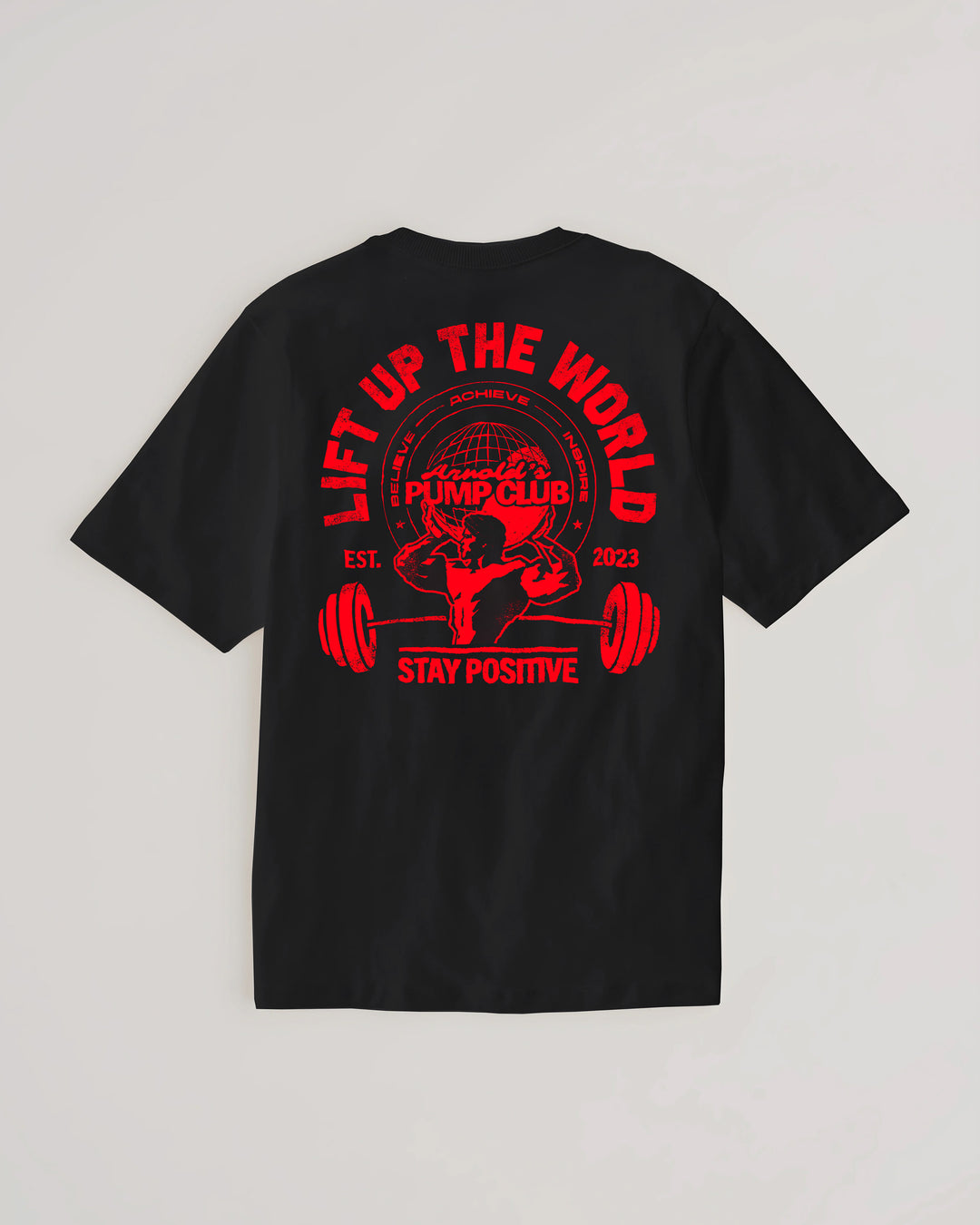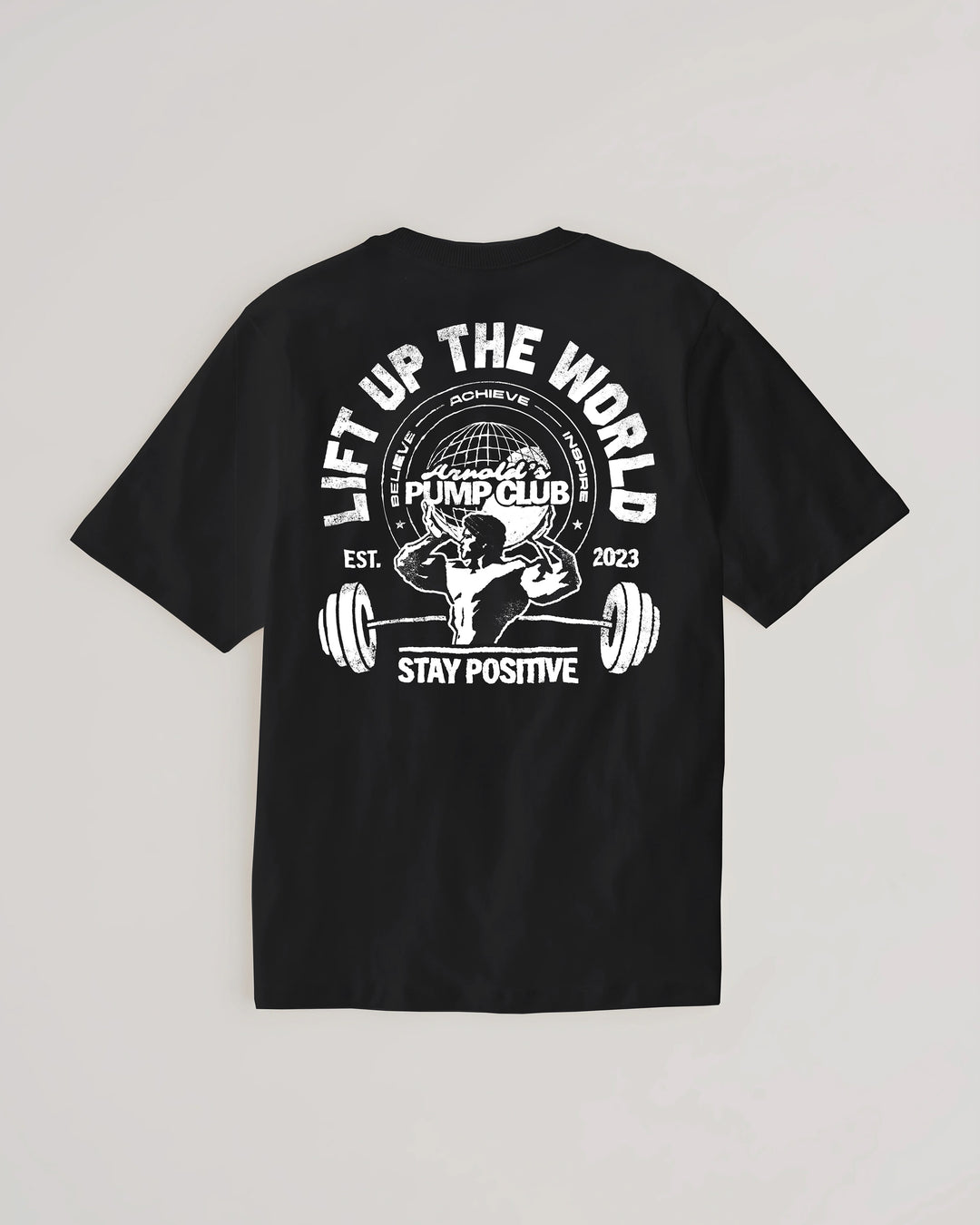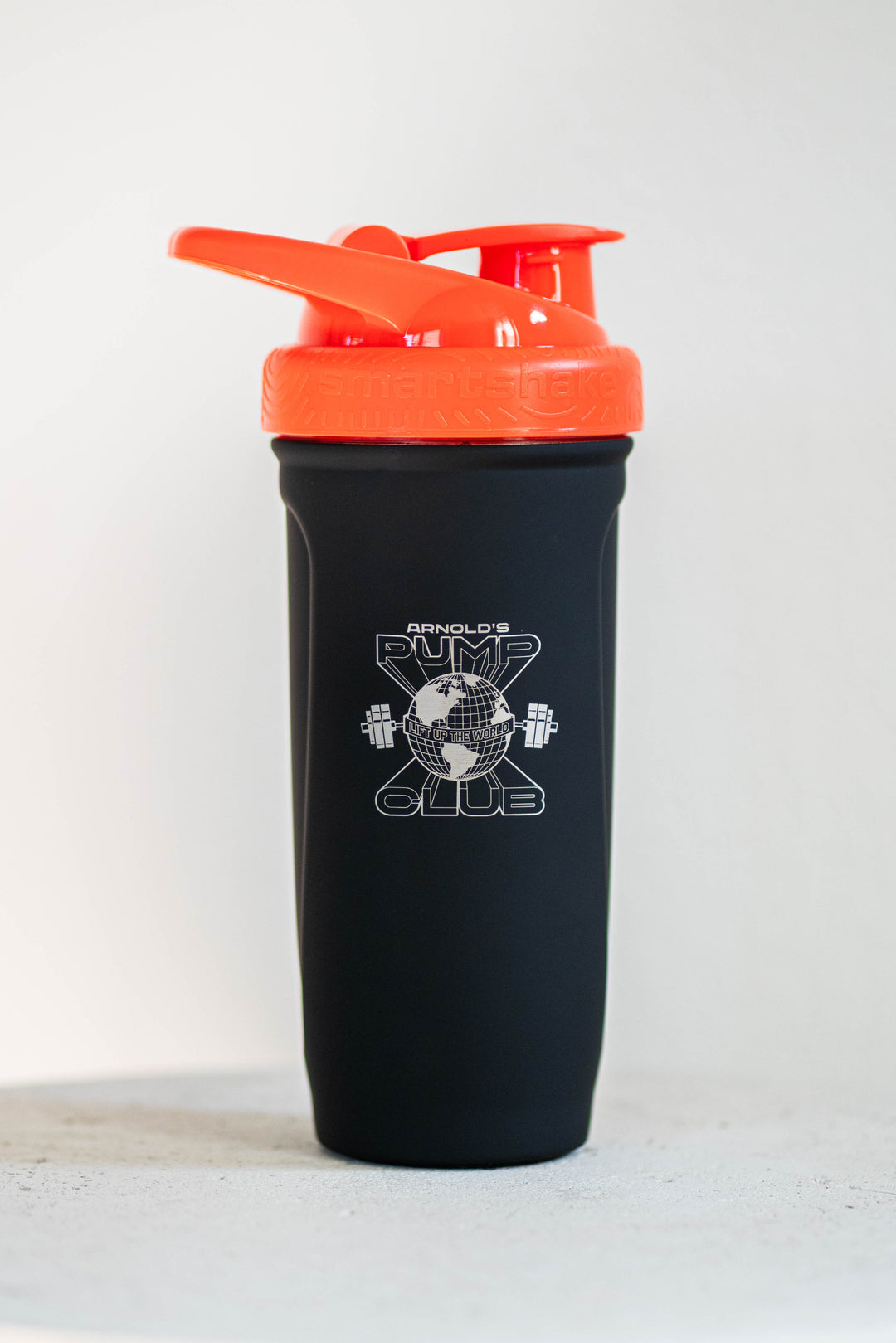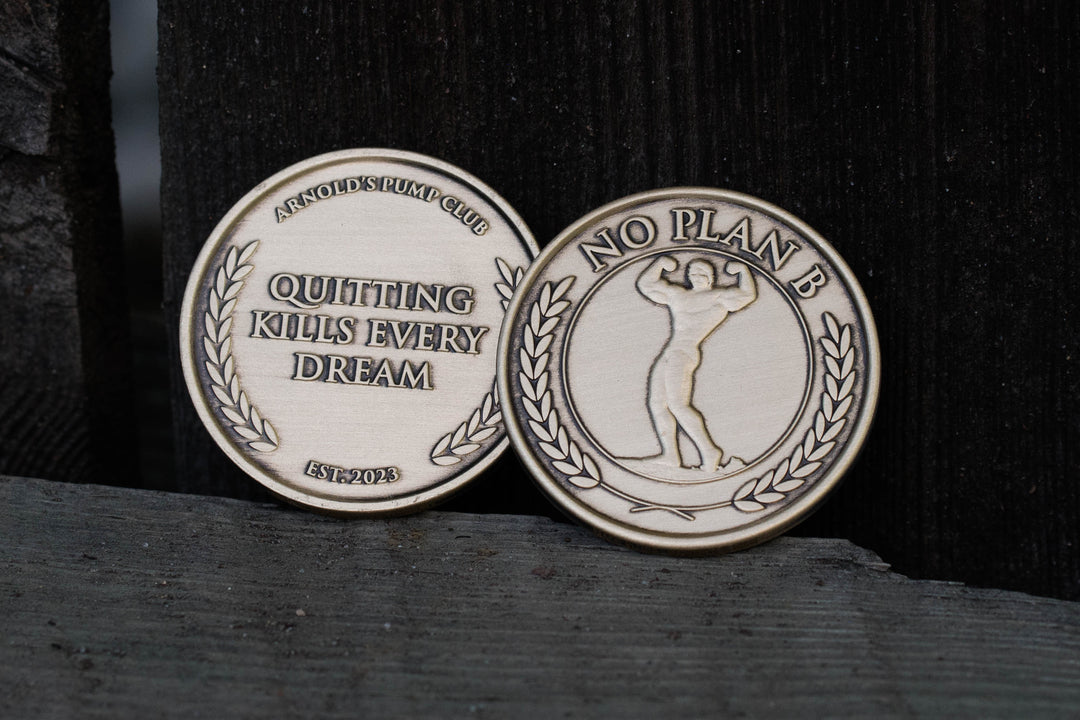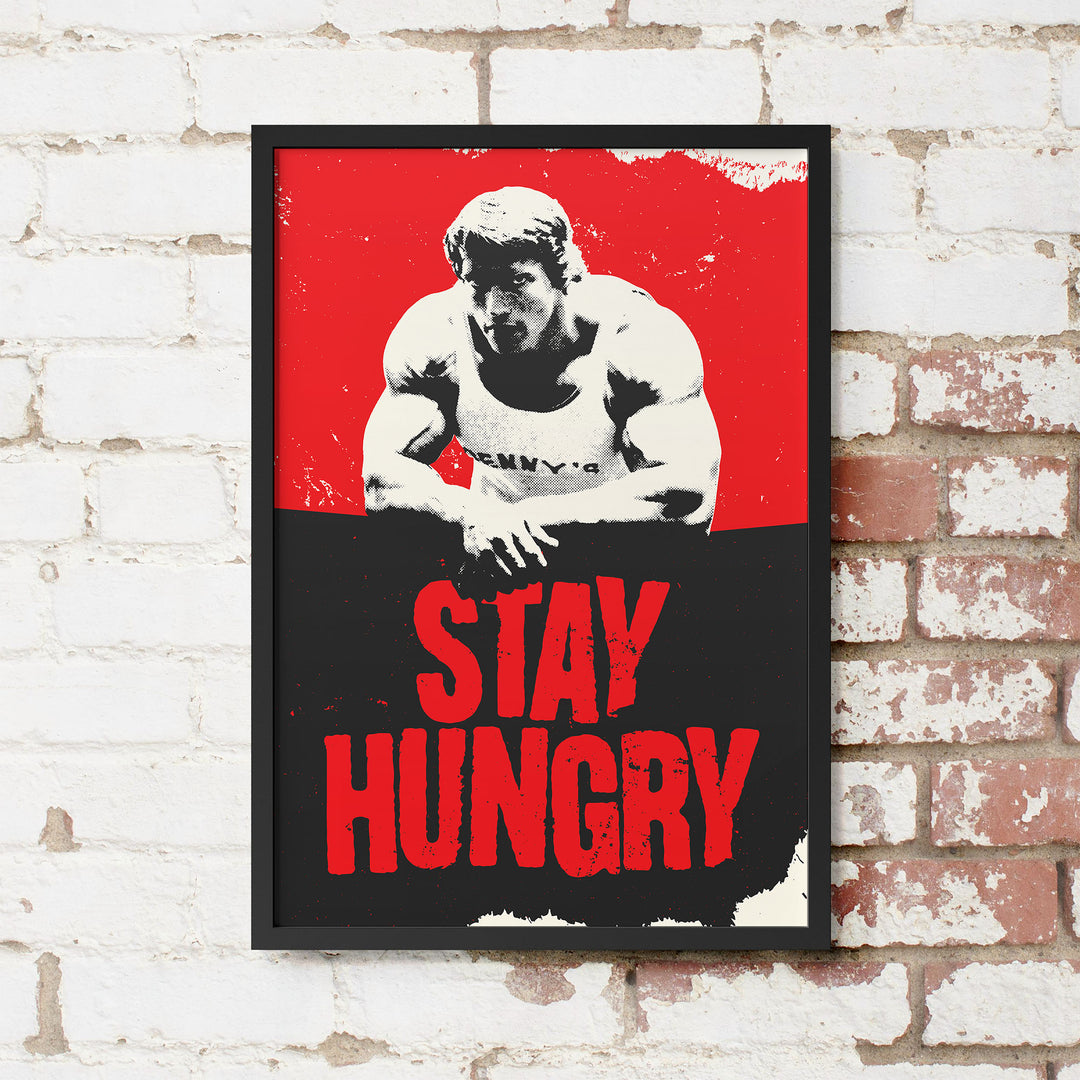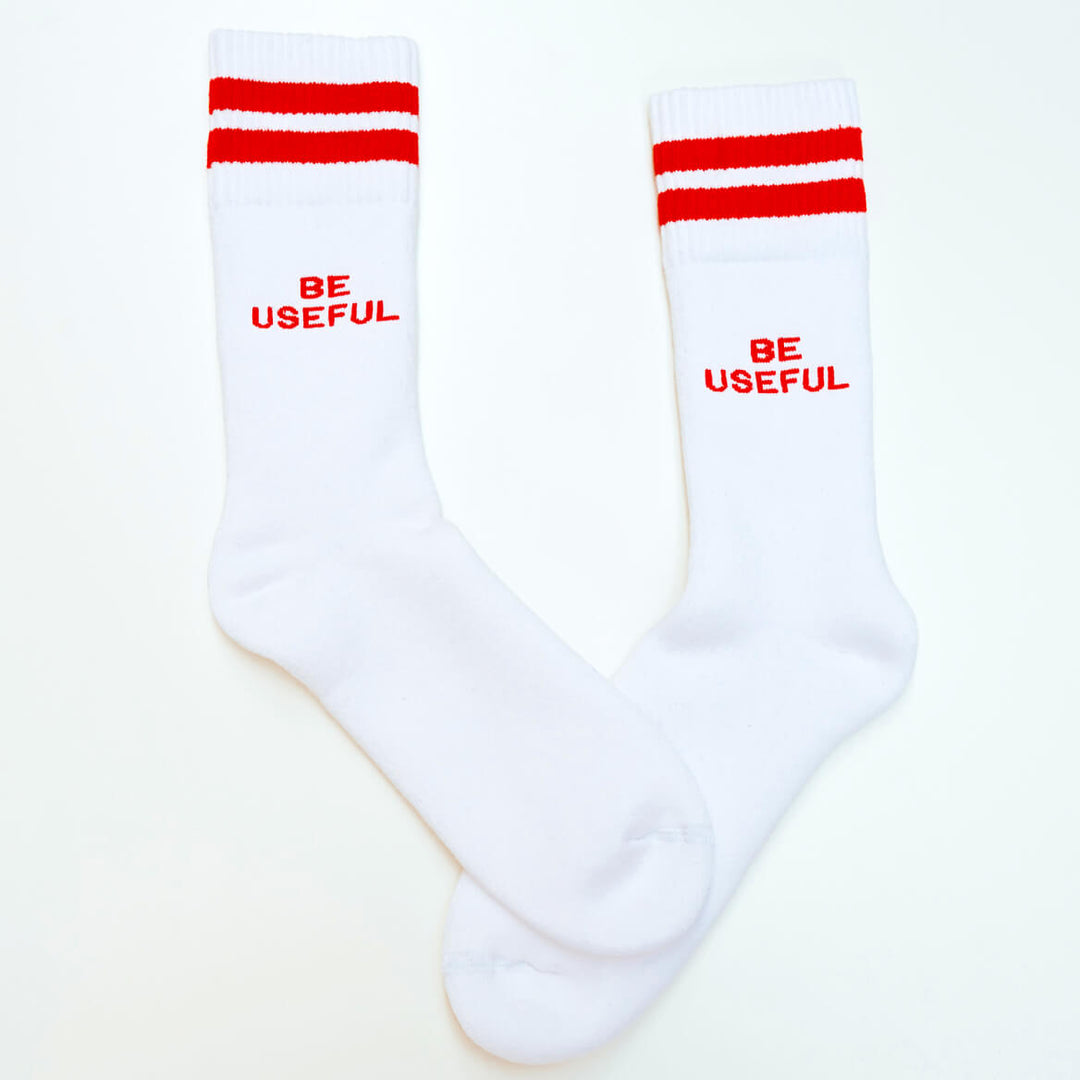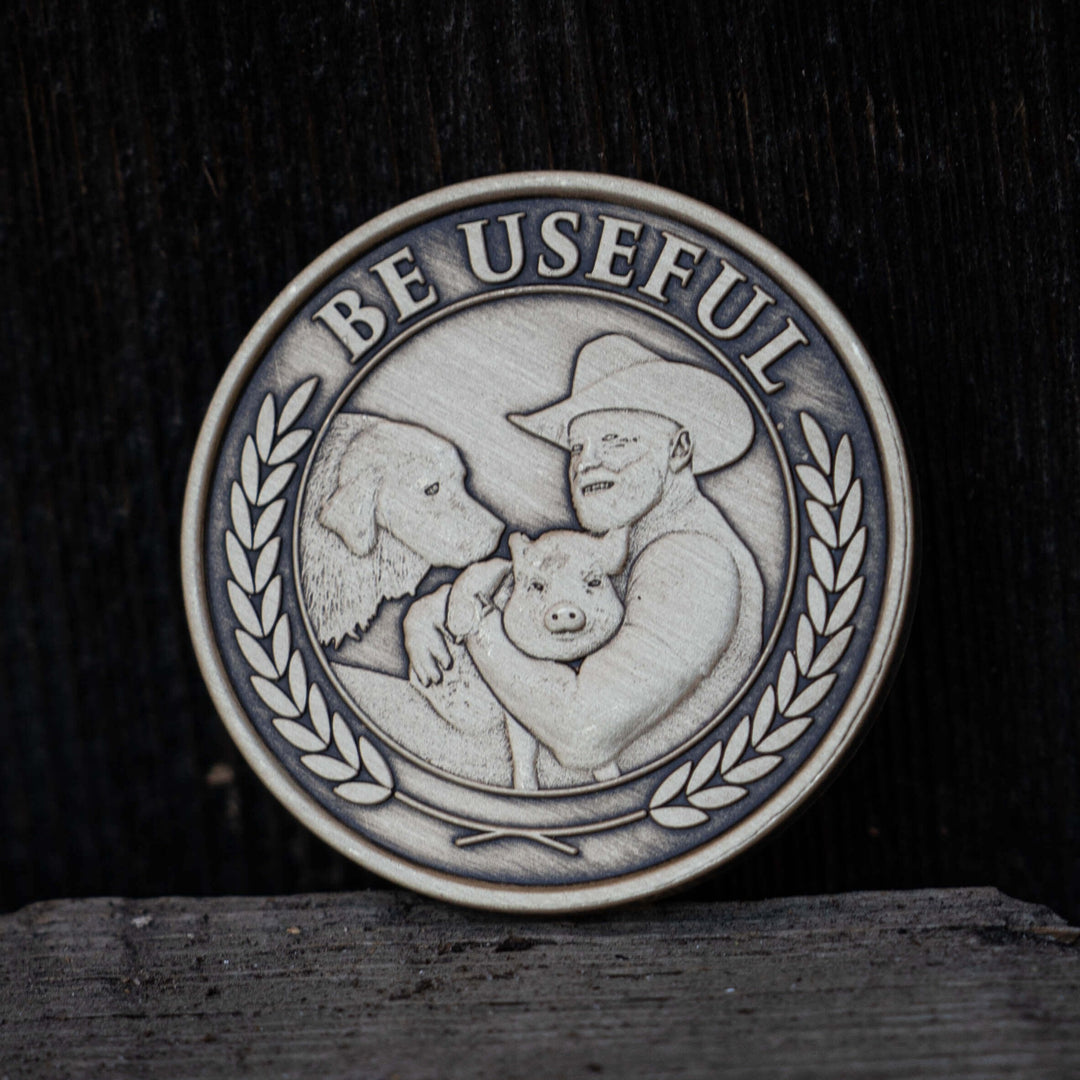Welcome to the positive corner of the internet. Every weekday, we make sense of the confusing world of wellness by analyzing the headlines, simplifying the latest research, and offering quick tips designed to make you healthier in less than 5 minutes. If you were forwarded this message, you can get the free daily email here.
Today’s Health Upgrade
Number you won’t forget
Weekly wisdom
Meatless muscle?
On our radar
Arnold’s Podcast
Want more stories from Arnold? Every day, Arnold’s Pump Club Podcast opens with a story, perspective, and wisdom from Arnold that you won’t find in the newsletter. And, you’ll hear a recap of the day’s items. You can subscribe on Apple, Spotify, Google, or wherever you listen to podcasts.
Together With GoRuck
Number You Won’t Forget: 100 Calories Per Hour
Walking is easy on the joints, linked to a longer lifespan, and can help protect against almost every disease imaginable.
But if you’re looking to turn up the calorie burn without sprinting or running — and get all the same health benefits of walking and increasing your strength — one form of exercise appears to do it all.
Rucking — or carrying added weight as you walk— doesn’t just make exercise more challenging, it helps you burn 100 more calories per hour than walking.
More than 50 years of studies have found that rucking is one of the most efficient — if not the most efficient — way to turn up your metabolic burn while performing low-impact, joint-friendly exercise.
Scientists compare exercises by looking at the MET — the metabolic equivalent of tasks for various activities. MET measures energy expenditure, with one MET equaling the calories burned while sitting still.
Walking typically scores around 3.5 METs, meaning it burns 3.5 times the calories of sitting. But rucking with a weighted pack? Depending on weight and speed, that ramps it up to 7-10 METs. That means you burn two to three times more calories than regular walking.
And the research backs the big claims. One study found that rucking — with no other changes to diet or exercise — led to three pounds of additional fat loss (in just 3 weeks) compared to those who didn’t wear extra weight.
With all the complicated weight loss measures, rucking offers a simpler approach where you can move the exact amount you would otherwise and burn more fat while also building strength and improving posture.
While there are many ways to do weighted carries, GORUCK created the perfect rucksack designed for joint-friendly movement, safety, and quality that lasts. (The Rucker 4.0 is fantastic.)
We recommend their products because GORUCK offers a lifetime guarantee for anything you purchase. So if you don’t love it, they’ll take care of you. And that’s why we feel confident recommending their rucks to the entire village. Plus, we have used them for years.
As a benefit of being part of the positive corner of the internet, you get 20% OFF your entire purchase. If you’re in the US, use the code “PUMP20GORUCK” for 20% off your order. And if you’re in the EU, use the code “PUMP20EU.”
Weekly Wisdom
Nutrition
Meatless Muscle? How Plant-Based Burgers Compare To Animal Protein
With more people turning to plant-based proteins, one big question remains: how well can soy-based alternatives support muscle growth?
Scientists recently found that on a per-calorie basis, ground beef leads to a stronger anabolic response than a soy-based alternative. But, there’s a way to level the playing field if you follow a plant-based diet.
The study sounds like something made for the Food Network. Participants were randomly assigned to consume either a 4-ounce beef burger or a 4-oz “Impossible Burger” (a soy-based meat alternative). A third group ate two of the alternative meat burgers.
Researchers then measured the rate of muscle protein synthesis over a few hours after consumption to evaluate how effectively each protein source supported muscle-building processes.
The beef burger showed a significantly greater increase in muscle protein synthesis (MPS) compared to those who consumed the soy-based patty, likely because the beef had higher levels of essential amino acids (EAAs) and leucine (a key amino acid for MPS).
However, when people had two plant-based burgers, the difference in muscle protein synthesis and muscle protein breakdown disappeared, meaning that the meatless alternative was just as effective at increasing whole-body protein balance.
The downside, of course, is that to accomplish the same type of muscle-building boost, you would need to eat nearly twice as many calories from the plant-based “meat” compared to the animal-based protein source.
This aligns with other research showing that both animal- and plant-based proteins are effective at building muscle and helping with muscle recovery. However, animal proteins (like beef) allow you to accomplish both with fewer calories because they have a more favorable amino acid profile.
If you follow a plant-based diet, you can still accomplish all your health and fitness goals, but you might need to be more intentional with your food choices and opt for more protein per meal to get similar results.
On Our Radar
Can You Heat Your Way To Better Blood Sugar?
We’ve seen a lot of research about using saunas, and most of it is very positive. But one claim might be full of hot air.
Recent research suggests that sauna does not improve blood sugar regulation — and could make things worse.
Saunas have been linked to many health benefits, from cardiovascular improvement and longevity to better muscle recovery and growth. It’s all very promising (and most of the research looks good), but that has led to many influencers overstating claims.
The latest study focused on diabetics (those who have trouble managing blood sugar) to see how 40 minutes of sauna affected glucose management. To keep things equal and avoid other variables that might influence the results, everyone ate similar meals and avoided exercise (which can improve blood sugar).
The participants who used the sauna had the same or worse blood glucose management than those who didn’t sit in the heat.
While it’s possible that more time in the sauna, hotter conditions, or non-diabetics could have a different response, at this point, it’s hard to suggest sauna will directly influence regulating glucose management.
But there’s no need to worry about it. You can improve your blood sugar by walking after a meal, lifting weights 2 to 3 times per week, getting more sleep, reducing stress, or including fiber in each meal. Sometimes, the simplest efforts work best.
And that’s it for this week. Thank you for being a part of the positive corner of the internet. Don’t forget the words we shared on Monday. Don’t hibernate these last two months of the year. Sprint towards the finish line. And have a fantastic weekend!
-Arnold, Adam, and Daniel
—
Publisher: Arnold Schwarzenegger
Editors-in-chief: Adam Bornstein and Daniel Ketchell




